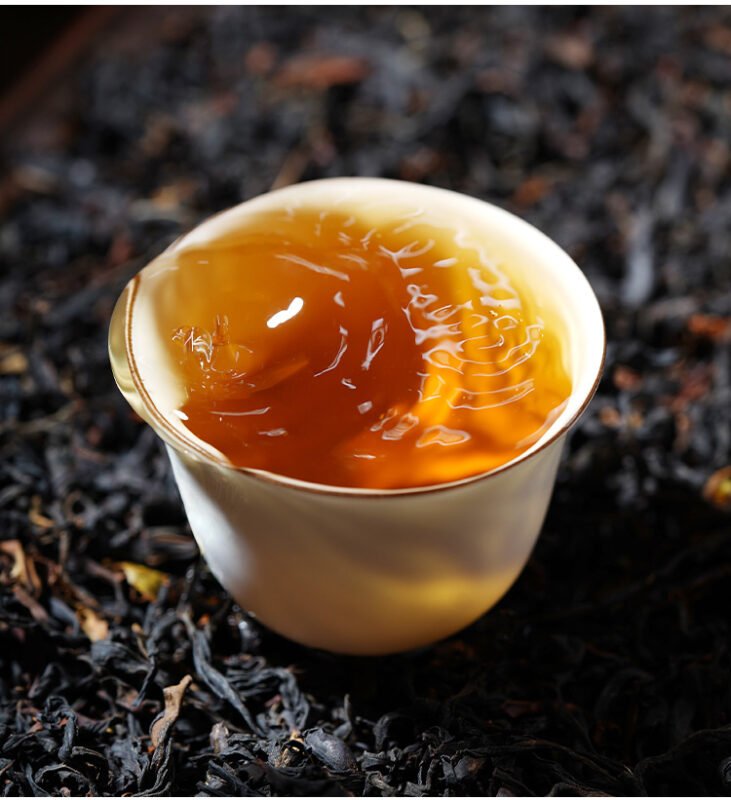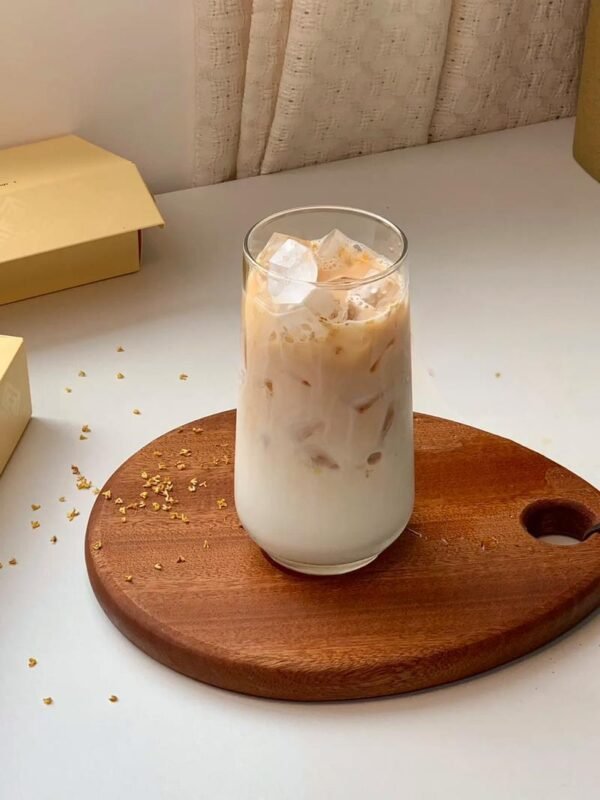How to make Tea? Comparing the Top 5 Global Methods – Why is This Style the Unbeatable Champion?
How to make Tea
Discover the Top 5 Global Tea Brewing Methods! Why This Tea Reigns Supreme for Wellness and Its Technique is the Gold Standard.
Travelers have sipped Russian lemon-infused tea, Moroccan minty-sweet blends, and Britain’s classic “milk + black tea” combo—but after tasting the world, one truth emerges: China’s tea philosophy is the ultimate guide to brewing perfection. From precise water temperature to cultural wisdom, here’s why Chinese tea methods outclass all others.

Part 1: Global Tea Rituals Exposed – Style vs. Substance
1. Britain: “Industrial Chic” Milk Tea
- Method: Boiling water + black tea + cold milk/sugar, served in bone china.
- Flaw: High heat destroys antioxidants (tea polyphenols), reducing health benefits.
2. Japan: Zen Matcha Ritual
- Method: Whisk powdered matcha into froth, paired with sweets.
- Limitation: Only works for matcha; inflexible for other teas.
3. India: Spiced Masala Chai
- Method: Black tea boiled with cardamom, cinnamon, ginger, and sugar.
- Issue: Overpowering spices mask tea aroma; excess caffeine risks heart strain.
4. Morocco: Iced Mint “Trap”
- Method: Green tea + fresh mint + sugar, served chilled.
- Pitfall: High sugar content; ice dulls fresh flavors.
5. USA: Fast-Food Tea Bags
- Method: Dunk tea bags in hot water for speed.
- Downside: Low-grade tea dust; overbrewing causes bitterness.
Part 2: Chinese Tea’s Secret Weapon – Science Meets Tradition
A. Precision Temperature Control: Preserve the Tea’s Soul
- Green Tea: 80-85°C water unlocks amino acids (e.g., Longjing’s “18 Imperial Trees”).
- Pu’er Tea: 100°C boiling water activates earthy, layered notes.
- Global Fail: Western boiling water = bitterness (e.g., American “coffee-style” brewing).
B. Tea Ware Mastery: Tools Tailored to Tea
- Yixing Clay Pots: Ideal for oolong tea (e.g., Wuyi Da Hong Pao), retains aroma.
- Gaiwan (Lidded Bowl): Best for green/white tea; porcelain preserves delicate flavors.
- Ceramic Kettles: Slow-brew aged white tea to release antioxidants.
C. Ritual & Timing: From “Rinse” to “Fairness Cup”
- Rinsing Tea: Quick wash for Pu’er removes impurities, unlocks aroma (e.g., ancient tree tea’s camphor notes).
- Fairness Cup: Ensures even flavor distribution—no “first sip bitter, last sip bland.”
Part 3: Why Chinese Tea is the Health “Holy Grail”? Data Proves It!
1. Ancient Tree Tea: Nature’s Superfood
- Low Caffeine: 5-10mg/cup (vs. 20-45mg in regular tea), perfect for sensitive drinkers.
- EGCG Power: Antioxidant levels 3x higher than average tea = 3 glasses of blueberry juice!
2. Fermentation Science
- Pu’er: Post-fermentation cuts harsh tannins, gentler on the stomach.
- White Tea: Harvard studies confirm its anti-inflammatory flavonoids.
3. 1,200 Years of Wisdom
- Lu Yu’s Classic: The Book of Tea advocates mindful drinking—aligns with modern wellness.
- TCM-Backed: Tea therapy reduces blood pressure, aids digestion, and calms the mind.
Part 4: Step-by-Step Guide to Brew Like a Chinese Tea Master
Tea-to-Water Ratios
- Green Tea: 1:50 (3g tea + 150ml water).
- Oolong Tea: 1:20 (5g tea + 100ml gaiwan).
- Black Tea: 1:30 (4g tea + 120ml clay pot).
Pro Tips
- Water Warning: Avoid mineral water! Use mountain spring or filtered water.
- No Reboiling: Reheated water increases nitrites, ruining flavor.
Conclusion: The 1,000-Year Answer in Your Teacup
From Britain’s sugary “afternoon traps” to Japan’s minimalist matcha, global methods often sacrifice flavor or nutrition. Chinese tea’s genius lies in harmonizing science and tradition: unlocking tea’s full potential while honoring its soul. Next time you brew, silence your phone and follow China’s ancient steps—you’ll taste millennia of wisdom in every sip.
CTA: Explore our Free Ancient Tea Brewing Guide and discover the art of mindful tea!
Most people select tea based on taste alone—a disservice to its true value. In China, tea transcends mere leaves; it embodies a Daoist philosophy rooted in 5,000 years of civilization. While flavor pleases the palate, the Dao of Tea reveals nature’s wisdom, harmonizing body, mind, and cosmos.
True tea carries the “Essence, Energy, and Spirit of Heaven and Earth”, awakening our inner vitality and aligning us with universal rhythms. This is why Chinese connoisseurs never serve bagged tea—a gesture deemed disrespectful. Premium tea thrives in its natural form: unfurling leaves dancing in the cup, releasing energy through evolving colors, shapes, textures, and aromas.
Danju Jueluo Tea transcends sensory pleasure. Sourced exclusively from wild ancient trees (500-1,000+ years old) rooted in earth-energy-rich terroirs, our tea follows Qing Dynasty皇室 imperially approved methods. Zero pesticides, zero additives—each gram is a museum-grade rarity, with annual yields so limited that some trees require 1-year pre-orders. Owning it is a cosmic缘分 (yuanfen).
The Trinitarian Power of Danju Jueluo Tea
❶ Essence (精, Jing)
Our wild trees breathe pure mountain air. Their leaves release an earthy vitality that opens channels between humanity and nature.
❷ Energy (气, Qi)
Qi—the life force—propels bodily functions and defends against illness. Grown in geomantically potent “dragon vein” lands, our tea radiates such intense Qi that sensitive drinkers report:
- Heat waves coursing through meridians
- Sweat streaming along the spine
- Warmth pulsing at the Baihui (crown) and Yongquan (sole) acupoints
❸ Spirit (神, Shen)
Beyond physicality, our tea elevates consciousness. Sip mindfully, and you may:
- Visualize ancient tea forests in meditation
- Experience heightened mental clarity
- Enter states akin to Daoist/Buddhist cultivation
A Legacy of Imperial Alchemy
Founded by Madame Lianlian, descendant of the Magiya clan (Bordered Yellow Banner nobility), Danju Jueluo revives tea reserved for Qing emperors (1614 onward). Her ancestors’ estates straddled imperial dragon veins, where emperors built temporary palaces to savor their legendary brews.
Why We Outshine Ordinary Teas
Factor | Danju Jueluo | Mass-Produced Teas |
Source | Wild 500+-year-old trees | Cultivated bushes |
Terroir | Geomantic “dragon veins” | Flat plantations |
Energy | Wu Xing (五行) balanced | Mechanically processed |
Yield | 8-12 kg/year per tree | Tons/hour harvests |
Clients | Emperors, modern elites | Commodity markets |
Danju Jueluo: Not Just Tea, but a Portal to China’s Living Dao.To drink it is to commune with centuries of wisdom—a privilege once reserved for emperors, now shared with the worthy few.




hi
Hello! How may I assist?